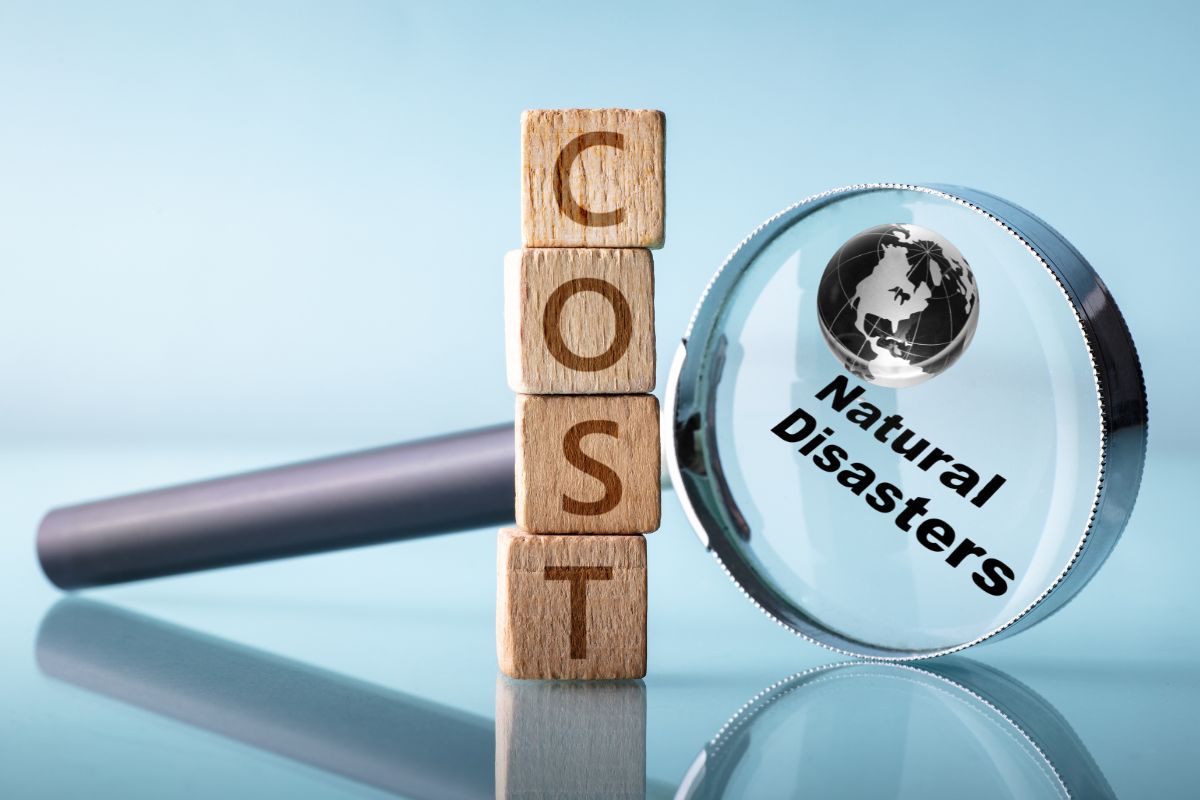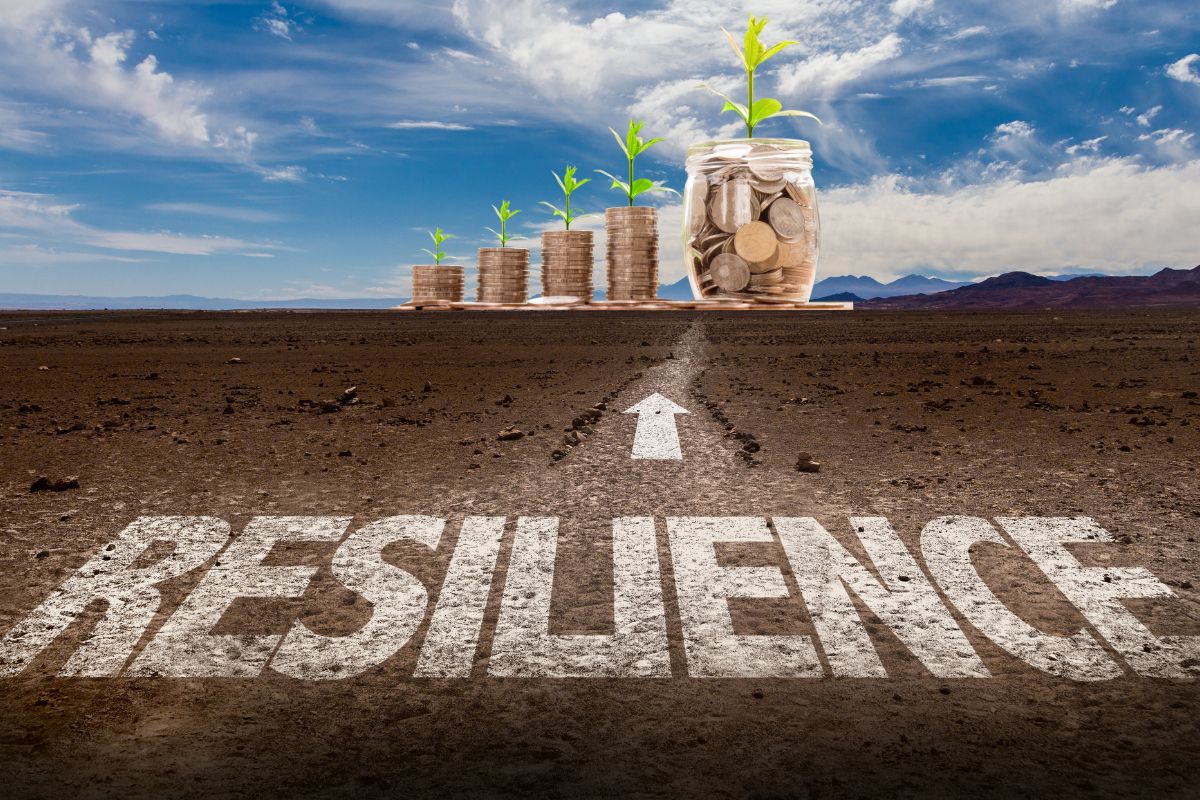Economic Study Highlights Massive Savings Through Climate Resilience Investments
As natural disasters become more frequent and severe, Americans face a growing number of billion-dollar calamities each year. A recent economic study by Allstate, in collaboration with the U.S. Chamber of Commerce and the U.S. Chamber of Commerce Foundation, reveals that proactive investments in climate resilience and preparedness could save both communities and insurers substantial sums.
The study shows that for every dollar spent on resilience and preparedness, communities can save $13 in damages, cleanup costs, and economic impacts. This finding suggests that if insurance companies like Allstate were to offer discounts to customers who invest in these preventative measures, it could lead to significant savings for everyone involved.
Study Shows Resilience Investments Cut Economic Losses and Preserve Jobs Nationwide
Analyzing 25 disaster scenarios nationwide, the study found that investments in resilience not only cut economic losses but also preserve jobs, limit displacement, and expedite local economic recovery. Marty Durbin, Senior Vice President of Policy at the U.S. Chamber of Commerce, highlighted the wide-ranging benefits: “Each scenario we modeled demonstrates that investing in resilience has remarkable benefits for communities. This important study helps identify opportunities to reduce the economic costs of natural disasters.”

For instance, the study revealed that allocating $10.8 billion towards resilience measures for a Category 4 hurricane hitting Miami could avert the loss of nearly 184,000 jobs, preserving roughly $26 billion in GDP and $17 billion in resident income. In the absence of these investments, the impact would be significantly more devastating.
Other scenarios showed similar benefits. An $833 million investment to prepare for a major earthquake in San Diego would save around 38,000 jobs, $5.8 billion in GDP, and $3.3 billion in income. Likewise, $83 million invested in tornado preparedness for Nashville would save over 5,300 jobs, $683 million in GDP, and $464 million in income.
Interestingly, the study also revealed that even if a disaster doesn’t strike, communities benefit from these investments. In the Miami hurricane scenario, such investments would create over 126,000 jobs, boost production by nearly $13 billion, and increase income by more than $8.5 billion.
Marc DeCourcey, Senior Vice President at the U.S. Chamber of Commerce Foundation, emphasized the importance of understanding these benefits: “It’s critical that government and business decision-makers at every level understand how such investments can improve the safety and strengthen the resiliency of their communities.”
How Customers Could Benefit from Discounts on Resilience Investments
So, what does this mean for customers? If Allstate recognizes the potential savings from these preventative measures, it would be logical to introduce discounts for policyholders who take steps to protect their properties. Examples of such resiliency investments include:
- Implementing green infrastructure for stormwater management.
- Restoring wetlands to store excess water naturally.
- Constructing barrier walls, floodgates, and levees.
- Enhancing evacuation routes for floods or hurricanes.
- Elevating electrical systems and appliances above potential flood levels.
- Installing fire-resistant roofing or landscaping.
By offering discounts to customers who make these investments, Allstate could reduce its own payouts during disasters while encouraging safer, more resilient communities. It’s a win-win situation—customers save money on premiums, and Allstate saves on claim payouts.
Why Resilience Discounts Should Become an Industry Standard
In conclusion, the escalation in frequency and severity of natural disasters underscores the urgent need for proactive investments in resilience and preparedness. Offering discounts to policyholders who adopt these measures isn’t just a logical step—it’s a strategic imperative. Such incentives can lead to substantial savings for both customers and insurers, while also fostering stronger, more resilient communities.
One might wonder why this hasn’t already become an industry standard. The complexity of accurately assessing and pricing the benefits of resilience measures may have been a barrier. Additionally, the insurance industry has traditionally focused on risk management rather than risk prevention. However, as the economic evidence mounts, it’s clear that encouraging preventative actions through discounts is not only feasible but beneficial.
Adopting this approach could revolutionize the industry, positioning insurers as partners in community resilience and offering a competitive edge to those who lead the charge. It is time for the insurance sector to recognize the profound benefits of resilience investments and make discount programs an industry-wide trend.


